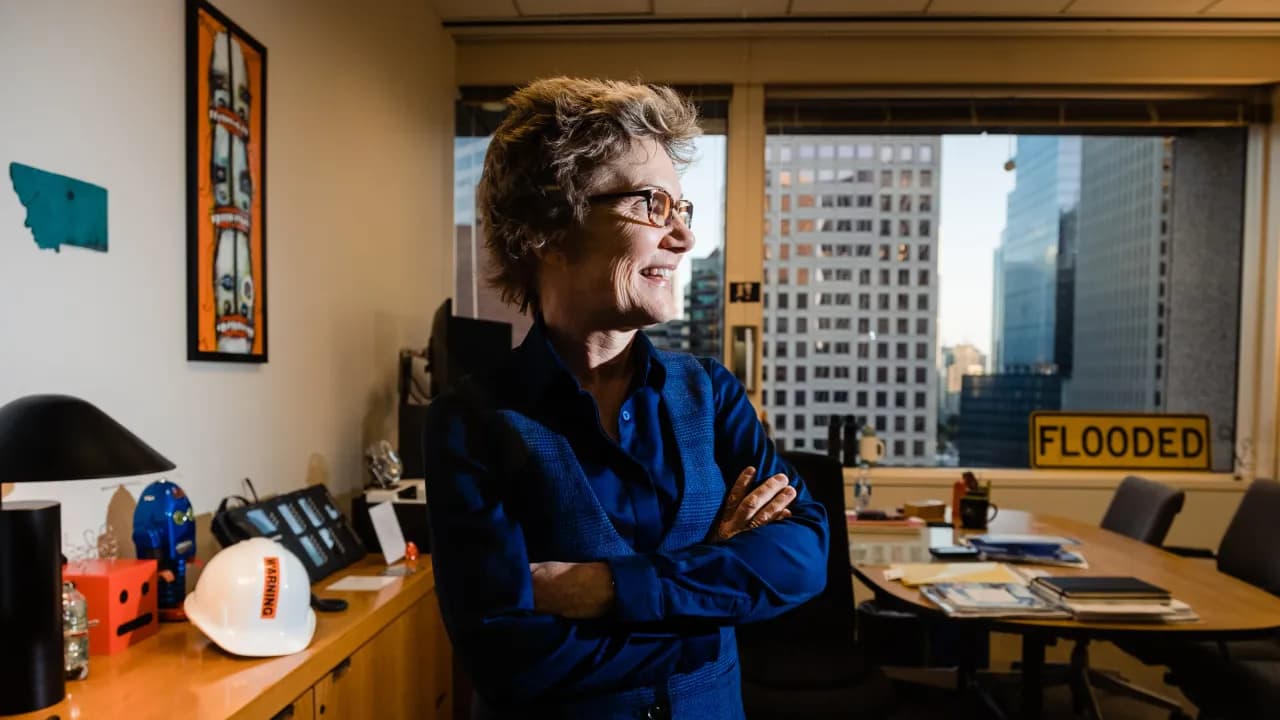The Fed President is of the view that the two Fed rate cuts the central bank modeled this year “look to be an appropriate amount of recalibration.”
One more Federal Reserve official has joined the ranks of the two dissenters at the July Federal Open Market Committee (FOMC) meeting, calling for a rate cut.
San Francisco Fed President Mary Daly, however, preferred to wait a little longer than Fed Governors Michelle Bowman and Christopher Waller, who clamored for a 25-basis-point (bps) cut at the July meeting that concluded last week.
Daly told Reuters that she was willing to wait another cycle, but not indefinitely, referring to the decision made to pause at the July meeting.
“I would lean to thinking that every meeting going forward is a live meeting to think about these policy adjustments,” the Fed official said.
Daly is of the view that the two Fed rate cuts the central bank modeled this year “look to be an appropriate amount of recalibration, and less important is, does it happen in September and December, than does it happen at all…there’s all kinds of permutations to get those two cuts.”
The stock market has shown nervousness over the monetary policy trajectory but has largely pushed ahead, factoring in a reversion of the interest rates to more accommodative levels.
The Invesco QQQ Trust (QQQ), an exchange-traded fund (ETF) that tracks the Nasdaq 100 Index, is up 10.6% for the year-to-date period, and the SPDR S&P 500 ETF (SPY) has gained 8.3%.
Sentiment toward these ETFs among users of the Stockwits platform has tempered to ‘neutral’ from ‘bullish’ a week ago.
Aligning with Chairman Jerome Powell’s outlook of making decisions based on incoming data, the San Francisco Fed President said she was keeping an open mind, given that there is still plenty of data between now and the Sept. 16-17 meeting, including a couple of labor market and inflation reports.
“We of course could do fewer than two (rate cuts) if inflation picks up and spills over or if the labor market springs back,” Daly said.
But “I think the more likely thing is that we might have to do more than two…we also should be prepared, in my judgment, to do more if the labor market looks to be entering that period of weakness and we still haven’t seen spillovers to inflation.”
The employment report released last Friday showed that the economy added fewer jobs than expected, and the number for the previous month was revised down by 133,000, prompting President Donald Trump to fire the Head of the Bureau of Labor Statistics.
“I would see further softening as an unwelcome result,” Daly said, adding that “I’m comfortable with the decision we made in July, but I am increasingly less comfortable with making that decision again and again.”
Supporting her view, she noted that there hasn’t been any trickle-down effect of tariff-driven price increases into the inflation number. The Fed will be “for sure” too late to move if it waits six months to a year when the full impact could be felt, she said.
Fed Governor Adriana Kugler, who had absented herself from the July meeting and therefore did not vote, announced last week that she was stepping down from the board, effective Aug. 8, months before her term as a Fed governor was set to expire. This gives Trump the leeway to nominate a replacement who shares his views on monetary policy.
The FOMC comprises 12 members, including the chair, and six other members of the Board of Governors of the Federal Reserve System, the President of the New York Fed, and four of the remaining 11 Fed Presidents, who serve a one-year term on a rotating basis.
Powell’s term as the chairman of the central bank is set to end in May 2026, although his term as a Fed Governor doesn’t end until January 2028.
For updates and corrections, email newsroom[at]stocktwits[dot]com.<
